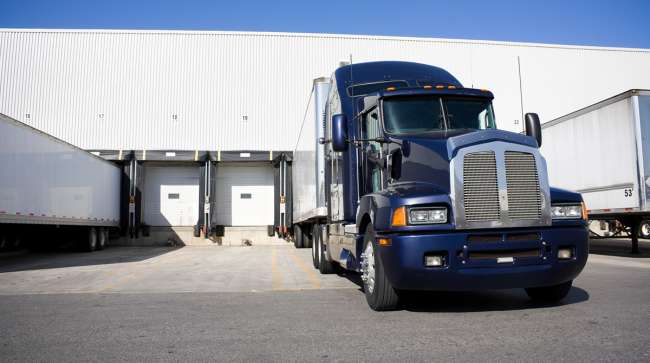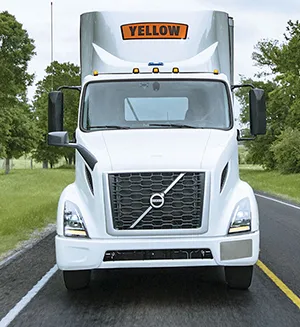Senior Reporter
State of Freight Report Says 2024 Will Be an Unremarkable Year

[Stay on top of transportation news: Get TTNews in your inbox.]
Trucking’s lingering freight recession, combined with a steep decline in spot market rates for carriers over the last 18 months, is tightening capacity, according to Federal Motor Carrier Safety Administration data and FTR Intel, which released its State of Freight report Jan. 11.
But, at the same time, the U.S. economy remains resilient as consumers are still spending. Plus, diesel pieces have fallen and remain stable.
So even with lower freight volumes, many carriers that might have gone out of business are managing to hang on.
The experts say 2024 is going to be a year to hold on, stay in business and hope for better times in 2025 and beyond.
Let’s talk about the elephant in the room: Capacity is where things will change in the coming year.
Avery Vise
Image
“There’s just not much to write home about,” said Avery Vise, FTR vice president for trucking. “Overall, we had 2.5% growth last year, based on the latest GDP data, and this year it will be about 2% growth; it’s not great, but it’s not horrible, but if you look at the portion of the economy — the goods transport sector — that is decidedly less rosy even. Then the GDP, we were flat last year, and this coming year we’ll see about 1.2% growth and a little more than 2% in 2025.”
He added that “1.2% growth doesn’t get you much in terms of freight volume. It’s a very sluggish freight environment.”
Peter Vaughan Schmidt of Torc and Joanna Buttler of Daimler Truck discuss the timeline for autonomous trucks entering the market and how they could blend into existing fleet operations. Tune in above or by going to RoadSigns.ttnews.com.
However, the industry is consolidating, and recent FMCSA data shows that trucking in the fourth quarter of 2023 saw the most significant net decrease in carriers ever measured.
In October the agency authorized 4,859 new carriers, the most significant drop-off since June 2020; and carrier revocations increased to 7,433, meaning 2,574 trucking firms left the industry.
“Let’s talk about the elephant in the room: Capacity is where things will change in the coming year,” said Vise. “We don’t see much reason to expect big increases or decreases in freight volumes. There is not much to be excited about in the coming year regarding trucking freight. We expect the final data to be essentially flat last year and down three-tenths of a point this year.”

LTL carrier Yellow shut down in 2023. (Yellow Corp.)
However, Vise and others say the industry may still have more capacity than it requires as FMCSA said so many carriers received authorization during the COVID-19 pandemic when rates soared that trucking has more than 100,000 more registered carriers today than it did in 2019 and 2020, but he believes there is room for still more tightening.
Vise said many drivers who lost their jobs through consolidation or bankruptcy, such as 2023’s decision by LTL carrier Yellow to shut down, have found other positions in the trucking industry and are back on the road.
Regarding trucking rates, FTR says contract rates for freight declined 7% in 2023 after increasing 13% in 2021, during the height of the pandemic, and 7% in 2022. Rates are expected to dip by 3% in 2024, but much of the decline will be in the year’s first half.
Vise says the trucking industry may gain some freight as businesses restock their inventory after the holiday shopping season and plan for the year. But he adds it will be a short-term increase.
“Overall, we are sort of lean,” Vise said of retail inventory levels, which have returned to their pre-pandemic levels in 2019 and 2020. “Any benefit we get from restocking will only be temporary and, at best, will offset some of the near-term weakness.”
Want more news? Listen to today's daily briefing above or go here for more info
Looking at active truck utilization, FTR said the industry is near pre-pandemic levels and is forecast to remain steady.
“As we look ahead, the more important issue is that we are not recovering very quickly,” Vise said. “It will be a very incremental increase in utilization as we progress through the year. Even by the end of the year, we won’t be back to the 92% 10-year average based on where things are going.”
FTR measures active truck utilization as “the number of trucks needed by the market to move the current level of freight and compares that figure to the number of active trucks (in service, operated, and ready to run) that are available.”






